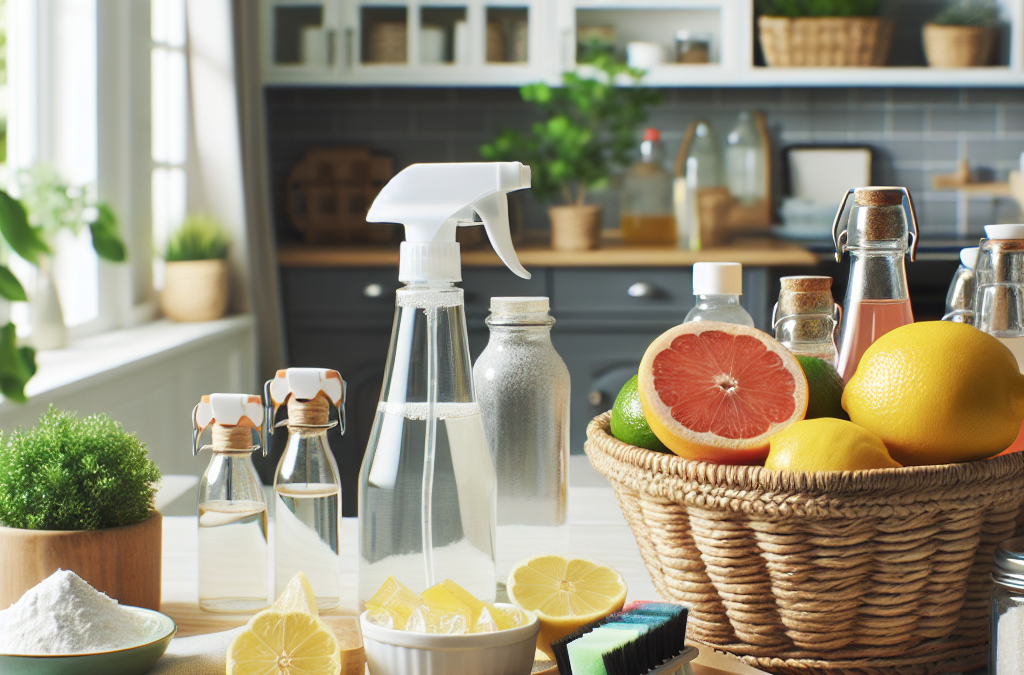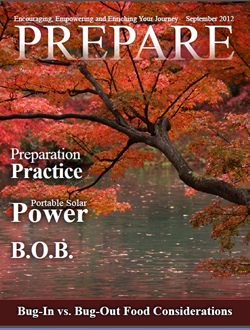Choosing Natural Ingredients
Understanding Common Ingredients
When I first ventured into the world of natural cleaning, I was surprised by how many everyday ingredients are both effective and safe. For instance, vinegar, baking soda, and essential oils became my best friends. Vinegar is fantastic for cutting through grime and deodorizing, while baking soda acts as an abrasive cleaner that shines surfaces without scratching them. Essential oils not only add a pleasant scent but can also possess antibacterial properties!
One of my go-to tricks is mixing vinegar with water in a spray bottle for an all-purpose cleaner. Just a cup of vinegar to a cup of water works wonders while keeping harsh chemicals away from my family.
Don’t forget about the wonders of castile soap! I learned that a few drops in some water can create an excellent dish soap or gentle surface cleaner. It’s super versatile, which is why I always keep it on my shelf.
Importance of Sourcing Quality Ingredients
Not all products are created equal, and sourcing quality ingredients is crucial. I make it a point to buy organic or food-grade products when possible. This ensures that what I’m using in my cleaning recipes is free of harmful additives and chemicals.
Another tip is to check local stores or farmer’s markets for more sustainable and local options. I’ve discovered some amazing small businesses that sell natural cleaning supplies, and it’s a bonus that I’m supporting my community!
Also, be wary of misleading labels. Just because it says ‘natural’ doesn’t mean it’s chemical-free. I learned to read ingredient labels carefully to avoid any surprises.
Making Your Own Cleaners
Once I gathered my ingredients, I started experimenting with DIY cleaners. My favorite recipe is a simple vinegar and baking soda mixture for scrubbing surfaces. It’s like a mini science experiment every time I use it!
I also love to make my own scented air fresheners using essential oils. A mix of water and a few drops of my favorite essential oil in a spray bottle gives a fresh, inviting ambiance to my home.
Remember to label your creations properly! Trust me; it’ll save you from some confusion later on. A simple sticker with the contents and date makes a big difference.
Creating a Cleaning Routine
Establishing a Schedule
Incorporating natural cleaning into my routine was a game changer. I started by scheduling specific days for different tasks—like dusting on Mondays and kitchen cleaning on Wednesdays. This not only keeps my space tidy but also makes it manageable and less overwhelming.
What I found works best is setting aside 30 minutes each day for cleaning. This small time investment goes a long way and prevents big messes from building up!
It’s also helpful to have an organized list of what needs to be done weekly or monthly, so I can stay on track without forgetting anything important.
Involving the Whole Family
I realized that making cleaning a family affair not only lightens the load but also creates a fun atmosphere! I started involving my kids by assigning them small tasks. They love it and I found that it teaches them responsibility.
We have a little cleaning dance party sometimes where we blast our favorite tunes while scrubbing away. It transforms what used to feel like a chore into something enjoyable.
Additionally, I encourage them to create their own natural cleaning mixtures. It’s a fun experiment that sparks their creativity, and they’re learning about natural ingredients at the same time!
Staying Consistent
The toughest part is consistency. I had to remind myself that it’s okay not to be perfect. Some days will be busy, but sticking to a routine helps. I always keep my cleaning supplies in easy-to-reach spots to encourage me to get things done!
Having a few small tasks I can do in under 10 minutes—like wiping down counters or sorting laundry—keeps me on track, even when time is tight.
Finally, I find it helpful to celebrate my cleaning victories, no matter how small! A clean kitchen or fresh-smelling living room can do wonders for my mood.
Storage and Organization
Choosing the Right Containers
As I started making my own cleaning products, figuring out how to store them was essential. I found that glass containers work best. They’re durable, and you don’t have to worry about chemicals leaching into your cleaning supplies.
Labeling is also key. I’ve learned that simply writing down the contents and usage instructions saves time and avoids confusion. Plus, it looks nice and keeps everything tidy!
For those larger batches of cleaning products, I have designated shelves in my pantry. This way, my family knows where to find the supplies, and I can easily keep track of what needs restocking!
Organizing Your Cleaning Supplies
When it comes to organization, I try to keep my cleaning supplies sorted by use. I have a small caddy for kitchen cleaners, another for bathroom supplies, and even a section for laundry recipes. This arrangement makes grabbing what I need super easy!
I also take a look at which products I use most often and keep those front and center. This way, I can quickly see what I have on hand without rummaging around.
Every few months, I review my supplies and refresh what’s needed. It’s amazing how quickly natural ingredients can take over my cabinets if I’m not careful!
Safe Storage Practices
Safety is a priority, especially when you have kids or pets around. I always store my cleaning products out of reach to avoid any accidents. Using child-proof containers is another step I’ve taken to ensure safety.
Routine checks on the condition of my containers also help. I make sure there are no cracks or leaks, as this can lead to spills and accidents.
Lastly, understanding the interactions between different ingredients is vital. Certain mixtures can create harmful reactions, so I make sure to keep my recipes simple and safe.
Learning and Adapting
Staying Informed
I always strive to stay informed about new natural cleaning methods and recipes. I follow various blogs, join online communities, and read books. There’s a wealth of knowledge out there, and I find that the more I learn, the better my cleaning practices become.
Trying out new recipes is half the fun! Sometimes I hit the jackpot with a game-changing cleaner, and sometimes it’s a flop, but that’s all part of the learning process.
Listening to others’ experiences gives me new ideas and fresh perspectives on how to improve my cleaning routine continually.
Adapting Methods to Fit Your Home
Every home is different, and I’ve learned to adapt my cleaning approaches to fit mine. For example, I live in an area with hard water, so I’ve tailored my methods to tackle limescale better. Playing around with different ratios and recipes has been essential.
Taking note of what works and what doesn’t is key. If I find a product or method that doesn’t suit my needs, I’m quick to adjust rather than stick to something that’s just ‘okay.’
Flexible approaches to cleaning have made it less stressful for me, allowing me to enjoy the process instead of feeling trapped by rigid systems.
Experimenting with New Products
While I have my trusty recipes, I’m not afraid to experiment. I’ve been trying out new essential oils and ingredients to create unique blends that not only clean but also smell divine.
Sometimes I’ll even ask friends if they have any favorite DIY recipes to share. It’s always exciting to add something new to my cleaning arsenal. Recently I’ve been incorporating citrus peels into my cleaners, and it’s been a game changer!
Remember, there’s nothing wrong with tweaking existing recipes to fit your preferences. That’s what makes DIY cleaning so enjoyable—a chance to personalize it to your liking!
FAQ
1. What are some essential ingredients for DIY natural cleaners?
Some essential ingredients include vinegar, baking soda, castile soap, lemon juice, and essential oils like tea tree or lavender. These items can create a variety of effective cleaning products.
2. Can I use natural cleaners on all surfaces?
While many natural cleaners are safe for most surfaces, it’s always wise to test a small area first, particularly with wood or natural stone. Some surfaces may react differently to certain ingredients.
3. How can I make my own air freshener?
Simple! Just combine water with a few drops of essential oil in a spray bottle. Shake it before use, and you’ve got yourself a lovely, chemical-free air freshener.
4. Are homemade cleaners as effective as commercial products?
Yes! In many cases, homemade cleaners can be just as effective as their commercial counterparts without the harsh chemicals. The key is to use the right combinations of ingredients for specific cleaning tasks.
5. Can I involve my kids in making natural cleaners?
Absolutely! Involving kids in the process can be fun and educational for them. Just ensure that they are supervised, especially when handling certain ingredients like vinegar, which can be irritating to the skin.





